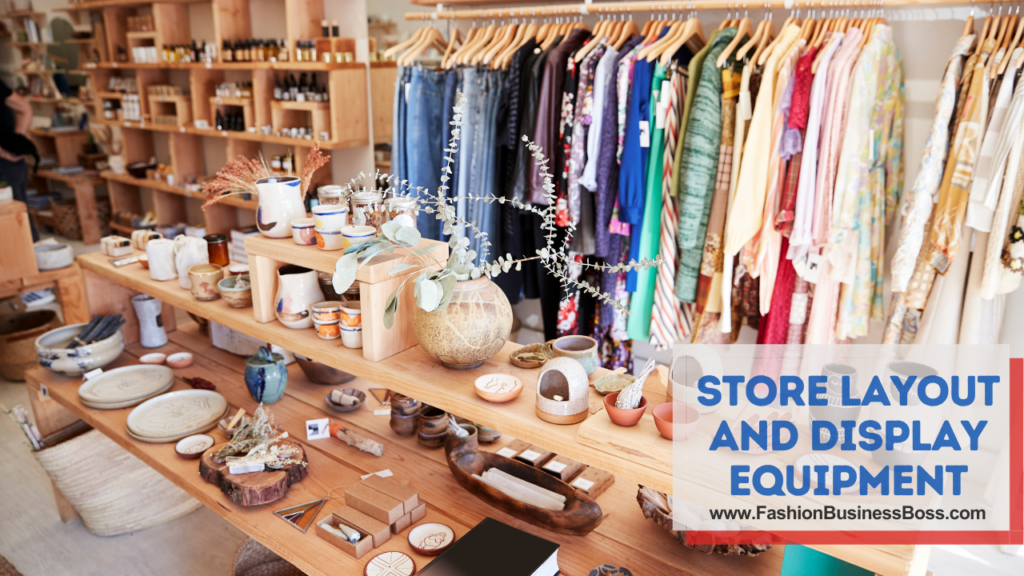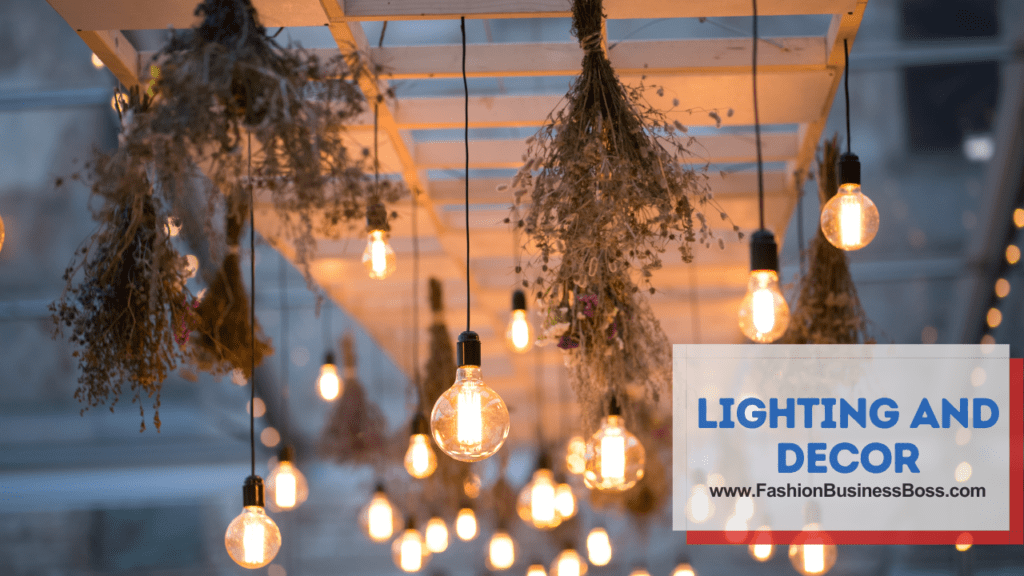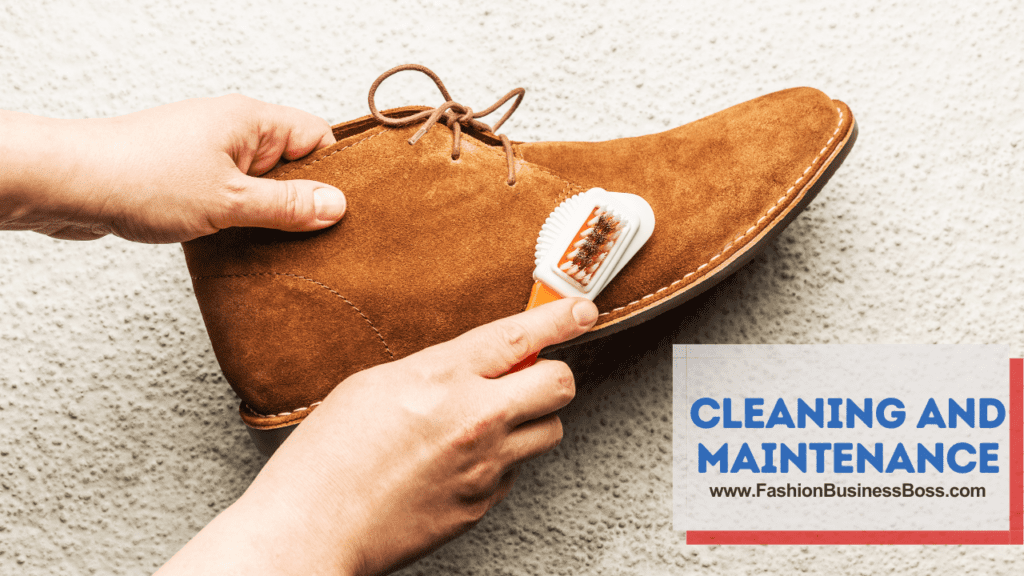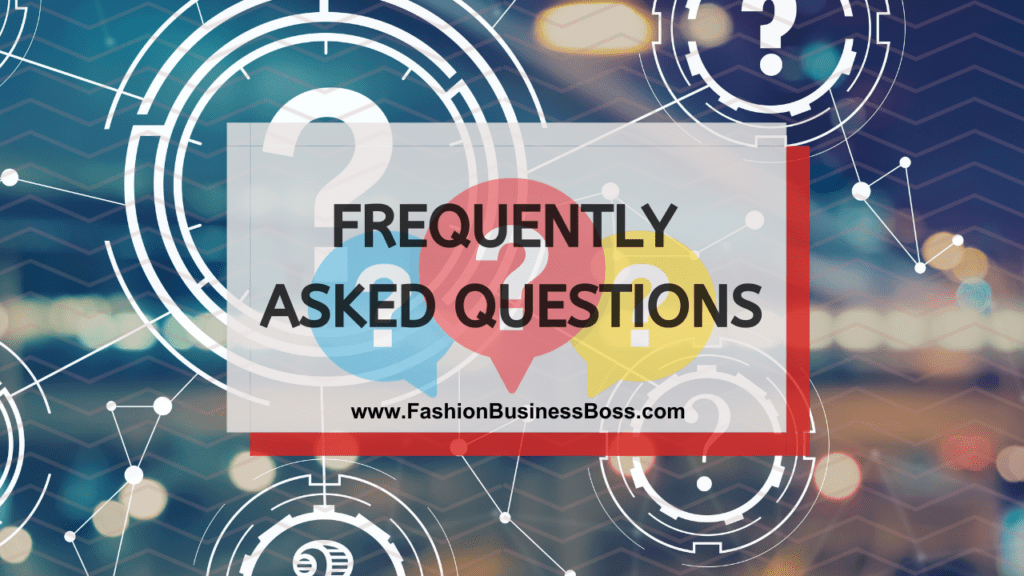When starting or upgrading a clothing store, the right equipment can make all the difference. From creating an inviting shopping environment to streamlining operations, having the necessary tools at your disposal is key.
To run a clothing store, you’ll need essential equipment like clothing racks, POS systems, fitting rooms, and security measures. These tools create an inviting shopping experience and streamline operations. Upgrade your store with the right gear.
In this article, we’ll explore the essential equipment needed to set up and run an effective clothing store.
Store Layout and Display Equipment

Store layout and display equipment plays a critical role in the organization and appeal of your clothing store. Clothing racks are the workhorses of your store, offering both versatility and durability to display your clothing collections attractively. They serve as the backbone, presenting your garments neatly and allowing customers to explore your offerings effortlessly.
Shelving units are like the bookshelves of your store, providing a structured way to organize accessories, neatly folded garments, and more. With shelving units, you maintain order, ensuring that every item has its designated place, making it easy for customers to find what they need.
Mannequins serve as your in-store models, helping customers visualize outfits and styles. They bring life to your clothing displays, allowing shoppers to see how the garments fit and complement each other.
Mirrors are indispensable; they’re like magic glass that provides customers with a glimpse of how they look in the clothing they’re trying on. Full-length mirrors in fitting rooms and throughout the store are essential for customers to assess their appearance.
Lastly, signage acts as your store’s GPS, guiding customers and highlighting promotions. It’s the informative element that simplifies the shopping experience, ensuring customers can navigate your store effortlessly and discover any special deals you have to offer. These equipment essentials combine to create an inviting and organized shopping environment in your clothing store.
Read more about: Selling Style: Crafting Your Clothing E-Commerce Site
Point of Sale (POS) Systems
Point of Sale (POS) Systems are the digital brains behind your clothing store’s financial transactions. Within this category, you’ll find several essential components:
First, there are cash registers, which come in two main types: traditional and digital. Traditional cash registers are the familiar machines with buttons, while digital ones are computerized. Your choice depends on what works best for you and your store’s needs. They’re where you or your employees ring up purchases and handle cash transactions.
Next, barcode scanners play a key role in efficient inventory management. They’re like high-speed readers for those little black and white lines on product labels. By scanning these barcodes, you can keep track of what’s in stock, helping you restock popular items and manage inventory levels effectively.
receipt printers are what generate those pieces of paper showing what customers bought. These receipts serve as proof of purchase and can be crucial for returns or exchanges. They provide a record of the transaction, giving customers peace of mind.
Lastly, there are credit card terminals, which ensure secure payment processing for customers using credit or debit cards. These terminals connect with the payment network to authorize transactions, protecting cardholders’ sensitive information. They’re an important part of modern retail, given the prevalence of card payments.
Inventory Management
Inventory Management is essential for keeping track of what’s in your clothing store and ensuring that everything runs smoothly. Within this category, you’ll find several key components:
First, there are clothing tags. These are small pieces of material that you attach to each product. They carry vital information such as the price, size, and sometimes even a barcode. These tags help you and your customers quickly identify important details about the clothing.
Next, there are security systems. These are like the guardians of your inventory, protecting it from theft. Security systems include alarms and surveillance cameras strategically placed throughout your store. If someone tries to take something without paying, these systems sound the alarm, discouraging theft and helping you maintain control over your merchandise.
Hangers are another crucial tool in inventory management. They’re what keep clothes wrinkle-free and organized. By hanging garments neatly, you not only preserve their condition but also make it easier for customers to browse and find what they’re looking for.
Lastly, there are storage solutions, like shelving and bins. These are where you keep surplus stock that isn’t on display. Shelving and bins help you stay organized, making it simple to locate additional items when needed.
Lighting and Decor

Lighting and Decor play a significant role in shaping the atmosphere and visual appeal of your clothing store. Within this category, you’ll find two important aspects:
Firstly, there are lighting fixtures. These are the devices responsible for illuminating your store. Lighting fixtures create a well-lit environment where customers can comfortably browse and assess the clothing. Proper lighting is crucial as it not only enhances visibility but also sets the overall mood of your store, making it inviting and appealing.
There are also decorative elements. These include items like artwork, decorations, and furnishings that match your brand’s identity and style. Decorative elements enhance your store’s ambiance, giving it a distinct personality. They can include things like wall art, plants, or even unique displays that reflect your store’s theme and create a memorable shopping experience.
Read more about: Setting Up Your Clothing Brand: Best Practices
Fitting Rooms
Fitting R\rooms are an essential part of any clothing store, ensuring that customers can try on garments comfortably and make confident purchasing decisions. Within this category, you’ll find several crucial components:
Firstly, there are fitting room stalls. These are private, enclosed areas where customers can change in peace, away from the prying eyes of other shoppers. Fitting room stalls provide the necessary privacy and comfort for customers to try on clothes, ensuring they feel at ease while making their selections.
There’s also seating. Placing comfortable seating in or near the fitting rooms is considerate for customers’ friends and family who may accompany them on their shopping trip. It provides a place to wait and relax while the shopper tries on various outfits.
Moreover, mirrors are an indispensable part of fitting rooms. These mirrors are well-lit and full-length, allowing customers to see how the clothing fits from top to bottom. They play a vital role in helping customers assess their appearance and make informed choices.
Lastly, hooks and hangers are practical additions to fitting rooms. They provide a convenient spot for customers to hang their existing clothing, keeping them off the floor and easily accessible during the fitting process.
Back Office Equipment
Back Office Equipment forms the backbone of the administrative and operational side of your clothing store. Within this category, you’ll find several key components:
Firstly, there are computers. These are essential tools for various tasks, including inventory management, scheduling your employees, and handling accounting matters. Computers enable you to keep track of your store’s stock, ensure that your employees are scheduled effectively, and manage your finances efficiently.
There’s office furniture. This includes items like desks, chairs, and filing cabinets. Office furniture provides a comfortable and organized workspace for administrative tasks. Desks are where you or your staff can sit and work on computers, while chairs offer a comfortable seating option. Filing cabinets help you store and access important documents and records.
Moreover, there are security systems. These systems protect your store and its data. Alarms and surveillance cameras are the main components here. Alarms can alert you to unauthorized access, while surveillance cameras record what happens in and around your store. These systems help deter theft and maintain a secure environment for both your physical store and digital data.
Cleaning and Maintenance

Cleaning and maintenance are essential aspects of running a clothing store, contributing to its overall appearance and functionality. Within this category, you’ll find two important components:
Firstly, there are cleaning supplies. These are the various products and tools used to keep your store clean and inviting. Cleaning supplies include items like brooms, mops, cleaning solutions, and disposable wipes. Regularly using these supplies helps maintain a spotless environment that is welcoming to customers. It ensures that your store always looks its best, leaving a positive impression.
There are maintenance tools. These tools are essential for keeping your equipment and fixtures in good working condition. Maintenance tools can include screwdrivers, wrenches, lubricants, and other equipment-specific tools. Regular maintenance ensures that everything in your store functions properly, reducing the chances of breakdowns or equipment malfunctions.
Read more about: Setting Your Clothing Line Budget: What to Consider
Security Measures
Security measures are a fundamental aspect of safeguarding your clothing store and its valuable merchandise. Within this category, you’ll find several crucial components:
Firstly, there are alarm systems. These systems are like vigilant guardians, providing a layer of protection to deter theft and ensure the security of your merchandise when your store is closed. Installing security alarms involves setting up sensors and alert systems that can trigger notifications or sirens if any unauthorized access is detected, discouraging theft and trespassing.
There are surveillance cameras. These cameras are strategically placed throughout your store to monitor activities and enhance overall security. They act as electronic eyes, recording what happens in and around your store. Surveillance footage can be invaluable in identifying potential security threats and providing evidence if an incident occurs.
Moreover, there are anti-theft tags. These are small but effective devices that you attach to high-value items in your store. These tags serve as a deterrent against shoplifting. If someone tries to remove a tagged item from the store without proper deactivation, alarms can sound, drawing attention to the potential theft.
Customer Engagement Equipment
Customer engagement equipment plays a pivotal role in enhancing the shopping experience and encouraging customers to interact with your clothing store. Within this category, you’ll find several key components:
Firstly, there are interactive displays. These are like large, touch-screen devices that allow customers to explore additional products and access information with a simple tap. Interactive displays provide an engaging way for customers to learn more about your merchandise, discover related items, or access valuable details such as product features and prices.
There’s also Wi-Fi Access. Offering free Wi-Fi in your store is like extending a warm welcome to your customers. It enhances the shopping experience by allowing them to stay connected while they shop. Customers can use their smartphones, tablets, or other devices to research products, compare prices, or simply enjoy the convenience of staying online.
Moreover, there’s the customer feedback kiosk. This is a dedicated station where customers can easily share their thoughts, suggestions, and feedback about their shopping experience. Installing a feedback kiosk demonstrates your commitment to improving your store’s offerings and services based on valuable customer input.
Conclusion
Investing in the right equipment is a crucial step toward establishing a thriving clothing store. By carefully considering the needs of your business, you can create an inviting shopping experience for customers while streamlining your operations. Remember, the equipment you choose should align with your brand and vision, making your clothing store stand out in the competitive retail landscape.
Frequently Asked Questions

Q: What types of clothing racks are suitable for clothing stores?
A: Clothing stores typically use various types of racks, including straight racks, round racks, and four-way racks, to showcase different clothing styles and maximize space.
Q: How can the security of a clothing store be ensured?
A: Security measures such as surveillance cameras, alarm systems, and anti-theft tags on high-value items are commonly employed to deter theft and protect merchandise.
Q: What are the key features to consider in a Point of Sale (POS) system for a clothing store?
A: When selecting a POS system, important considerations include features like inventory management, payment processing, and compatibility with online stores to streamline sales and inventory tracking.
Q: What strategies can enhance the shopping experience for customers in a clothing store?
A: Enhancing the shopping experience can be achieved through measures like interactive displays, providing free Wi-Fi access, and installing customer feedback kiosks to keep shoppers engaged and satisfied.
Q: What steps should be taken to integrate a clothing store with e-commerce?
A: To integrate a clothing store with e-commerce, it’s advisable to invest in robust POS software, set up an online order pickup area, and consider accepting mobile payments to cater to modern shopping preferences.
To learn more about starting your own clothing business, check out my startup documents here.
Please note that the contents of this blog are for informational and entertainment purposes only and should not be construed as legal advice. Any action taken based on the information provided in this blog is solely at your own risk. Additionally, all images used in this blog are generated under the CC0 license of Creative Commons, which means they are free to use for any purpose without attribution.

Meet Shawn Chun: Entrepreneur and Fashion Business Fan.
I’m a happy individual who happens to be an entrepreneur. I have owned several types of businesses in my life from a coffee shop to an import and export business to an online review business plus a few more and now I create online resources for those interested in starting new ventures. It’s demanding work but I love it. I do it for those passionate about their business and their goals. That’s why when I meet a designer or boutique owner at a craft fair, farmers market, retail location or anywhere else I see myself. I know how hard the struggle is to retain clients, find good employees and keep the business growing all while trying to stay competitive.
That’s why I created Fashion Business Boss: I want to help fashion business owners like you build a thriving business that brings you endless joy and supports your ideal lifestyle.

